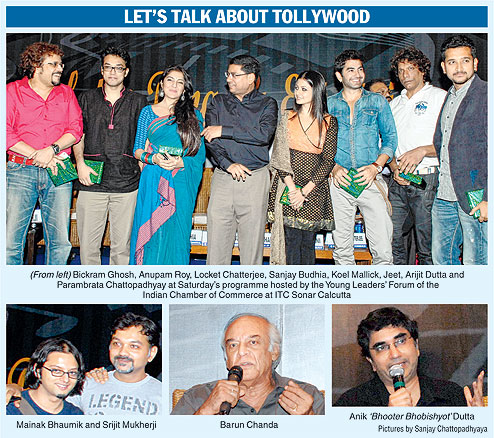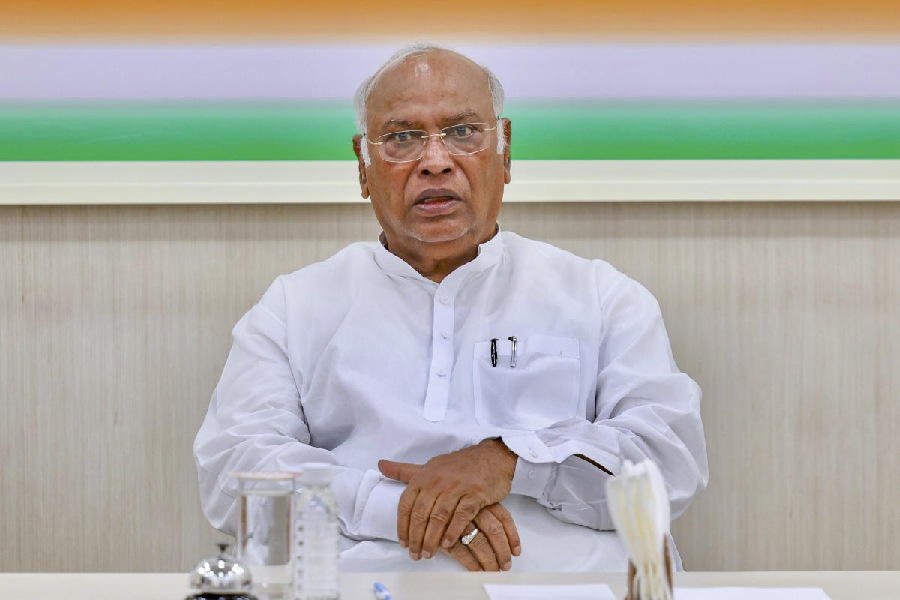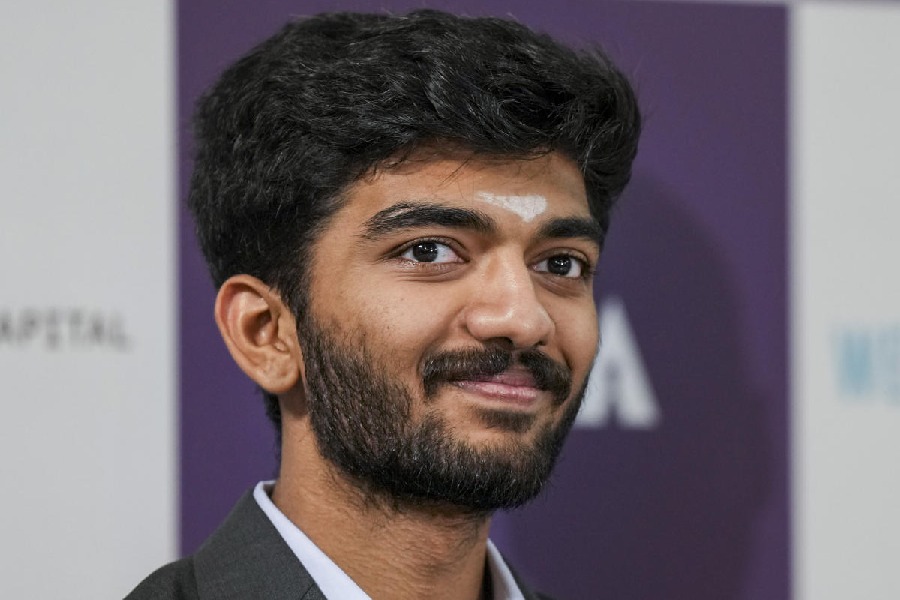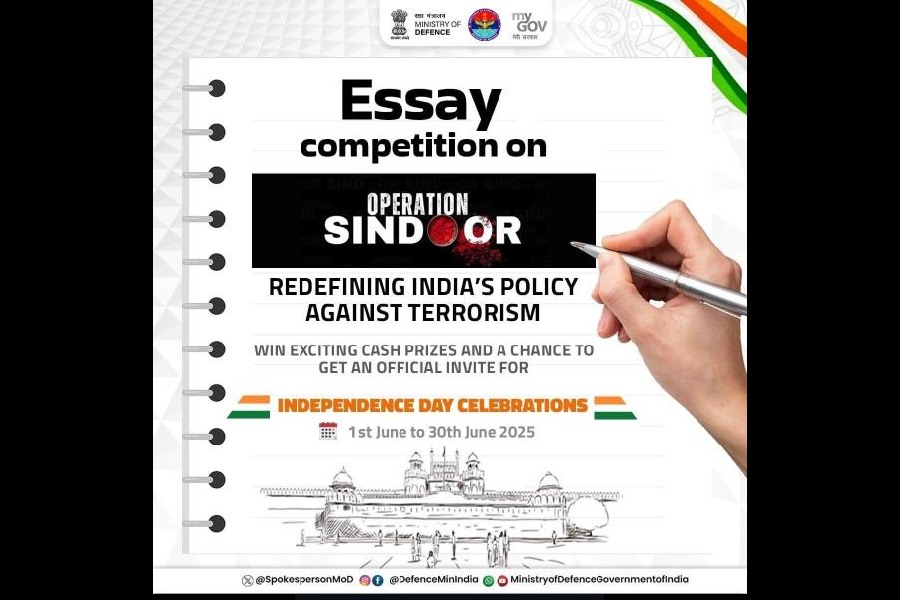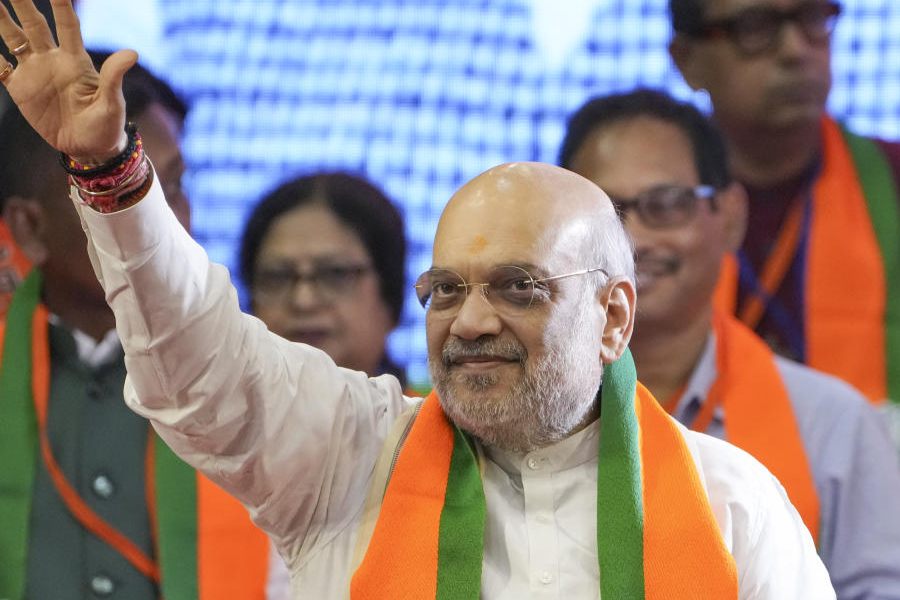 |
The contrast between urban middle-of-the-road cinema filling up multiplex auditoriums and curtains coming down on standalone halls in the districts dominated a panel discussion on “Resurgence of Bengal’s Entertainment Industry”, hosted by the Young Leaders’ Forum of the Indian Chamber of Commerce (ICC) at ITC Sonar on Saturday evening.
The session was chaired by Sanjay Budhia, a past president of the ICC, and steered by actor Barun Chanda. The team of star speakers included directors Anik Dutta, Mainak Bhaumik, Srijit Mukherji and Bappaditya Bandyopadhyay, actors Koel Mallick, Parambrata Chattopadhyay, Jeet and Locket Chatterjee, music makers Anupam Roy and Bickram Ghosh, film distributor Arijit Dutta, script writer N.K. Salil and Sujay Kutty, EVP and business head of Zee Entertainment.
The speakers dealt with recent changes in the Bengali film industry, from fresh approaches to filmmaking to shift in audience perception, emergence of commercial-arthouse crossover cinema to underground films, more finance options to corporate involvement. On the flip side, the issues that surfaced were primarily related to the shrinking rural audience, theatre halls and piracy.
Arijit Dutta of Priya Entertainment acknowledged the “undoubted” resurgence of Bengali cinema but chose to “tread a different path” as far as business was concerned. “It’s not the same situation in the districts. There has been a serious drop in collections from Bangla commercial cinema in the districts. From films running for 10 to 12 weeks, we’re down to three.”
Bappaditya Bandyopadhyay pointed out “the great urban and rural divide” still exists, adding that “most of the theatres in the rural areas have shut down while the urban audiences in multiplexes have increased. Basically, we’re catering to one kind of audience or another but hopefully someday all Bengalis will come together and Bengal will have one strong audience.”
The decline in the number of theatre halls from 950 to 300 was attributed to the lack of administrative support. “There’s no legislation or support, which is one of the main reasons why theatres are closing down across the state,” said Dutta.
Looking at another aspect of the focus on urban films, Bandyopadhyay expressed concern that not enough films were being made on rural life. “In order to cater to the urban audience and saleability, attention towards this side of Bengal is going away but one must also realise that with the kind of technology available today it is possible to develop fresh perspectives on moviemaking and storytelling related to these subjects.”
The other thorny issue was rampant piracy in the suburbs and districts killing the theatre business. “Sixty-five per cent of the revenue is lost because of piracy. There are around 16,000 video halls in the districts, out of which 10,000 are not registered,” said Dutta.
He suggested that the problem be tackled with the help of the state and fan clubs, as it works in south India.
Srijit explained how new directors like him had “found the freedom to come up with themes unexplored” while Mainak was thankful about “the licence we’re being given to explore our voices and turn them into a movie that people could relate to”.
Jeet rued at the lack of opportunity to work in arthouse films. “If Mainak, Srijit or Bappada take the risk of casting me in their film, they won’t be disappointed,” he said. Parambrata, on the other hand, was game for some celluloid “dhishoom dhishoom” for the sake of cinema.
The panellists also underlined the need for increased corporate sponsorship in theatre and bringing jatra to the mainstream, given its “recent experimentation and boom”.

